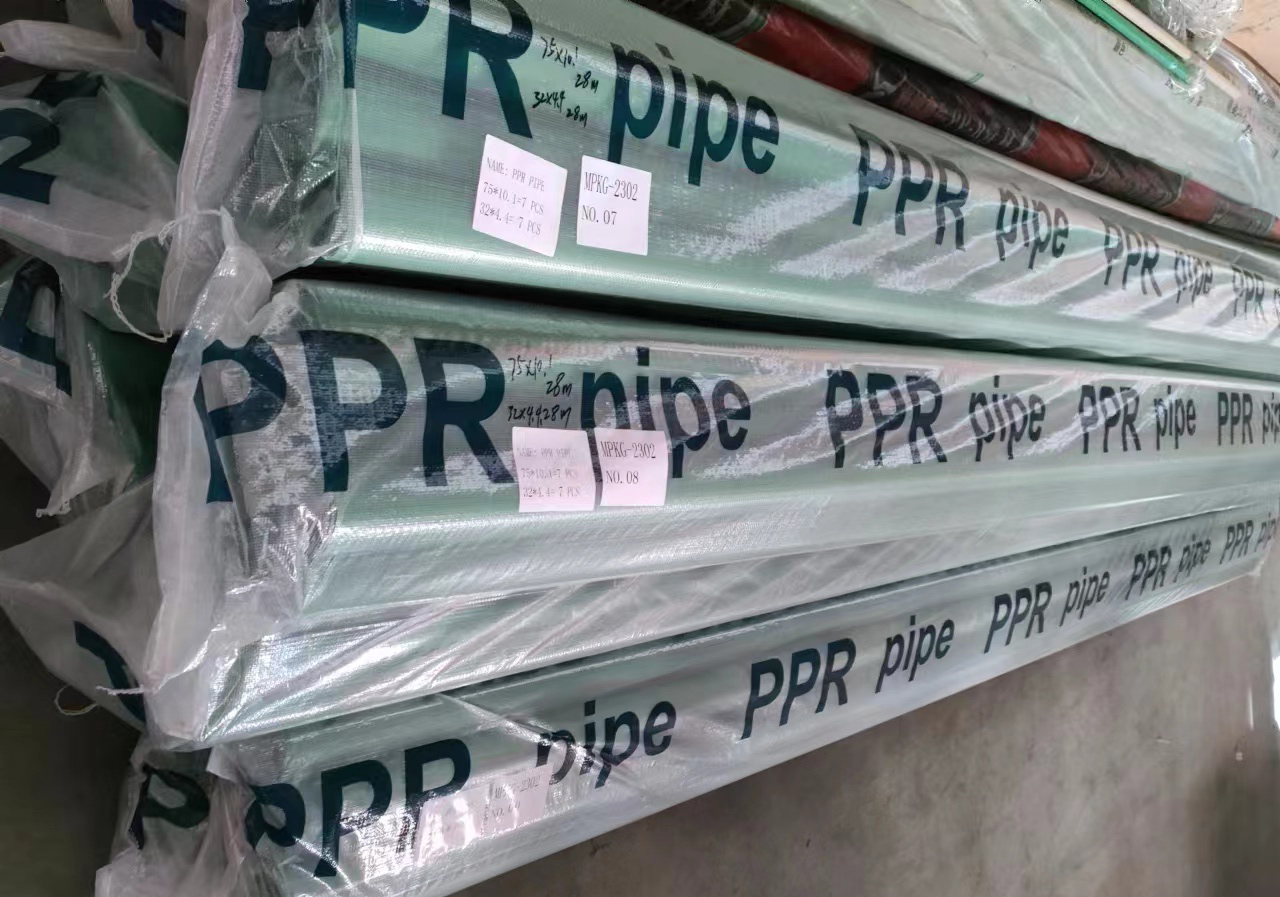
Phone: 0086-13835148369
Tel: 0086-351-6814836 Ext.8032
Fax: 0086-351-8390339
E-mail: sxmidas.com@aliyun.com
Website2:www.midaspipelines.com
When it comes to home decoration, it is not advisable to randomly mix hot and cold water PPR pipes. While temporary mixing may not cause immediate issues, it can lead to potential safety hazards, reduce the lifespan of the plumbing system, and ultimately increase maintenance costs over time. The core principle is: hot water pipes can be temporarily used for cold water scenarios, but cold water pipes must never be used for hot water scenarios.
Although both hot and cold PPR pipes are made from PPR material, their production standards and structural designs differ significantly. The key differences can be summarized in three aspects:
Material Formula: Hot water pipes are enhanced with high-temperature resistant modifiers, allowing them to endure prolonged exposure to high temperatures. In contrast, cold water pipes do not contain these modified components, resulting in a maximum long-term service temperature of only 40℃. Contact with hot water can lead to accelerated aging and embrittlement of cold water pipes.
Wall Thickness and Pressure Resistance: Hot water pipes have thicker walls and higher pressure resistance levels, which can cope with pressure fluctuations caused by hot water circulation. Cold water pipes have thinner walls and weaker pressure resistance; using them in hot water scenarios is prone to leakage due to the combined effect of pressure and temperature.
Hot water pipes are typically identified by red lines or relevant labels on their surface, while cold water pipes are marked with blue lines or corresponding words. Hot water pipes are generally more expensive due to their higher-quality material and thicker walls, whereas cold water pipes are comparatively cheaper.
1. Using Hot Water Pipes for Cold Water: Feasible but Not Economical
The high-temperature resistance and pressure resistance of hot water pipes fully meet the usage requirements of cold water scenarios. Using them for cold water will not cause safety hazards; on the contrary, their thicker walls enhance pipeline stability. However, the disadvantage is that hot water pipes are more expensive than cold water pipes. Using hot water pipes to replace cold water pipes throughout the house will increase the decoration budget, resulting in extremely low cost-effectiveness. It is only suitable for temporary use in local special cold water scenarios.
2. Using Cold Water Pipes for Hot Water: Absolutely Forbidden with High Risks
This is the most dangerous mixing method, which will lead to three major problems in long-term use:
Accelerated Aging: When cold water pipes are exposed to hot water temperatures exceeding 60°C for extended periods, the material can degrade quickly, becoming soft and brittle. As a result, pipeline cracks and joint leakages may occur within just 1 to 3 years.
Seal Failure: The hot-melt connection standards for cold water pipes differ from those for hot water pipes. When used in hot water scenarios, the thermal expansion and contraction can cause joints to loosen, leading to water leaks.
Safety Hazards: The brittle cracking of the pipeline can result in sudden water leaks, potentially damaging floors and furniture, and even posing electric shock risks.
The core of mixing home decoration PPR pipes is that "hot water pipes can be downwardly compatible with cold water scenarios, but cold water pipes cannot be upwardly used for hot water scenarios". From the perspective of cost-effectiveness and safety, it is recommended to strictly distinguish their uses: hot water pipes must be used in hot water scenarios, and cold water pipes in cold water scenarios. This avoids troubles such as water leakage and maintenance caused by cost-saving or lazy construction, ensuring the long-term stable operation of the pipeline system.

Next: PVC Pipe: Why Has It Become the Mainstream Choice for Piping Systems?
Phone: 0086-13835148369
Tel: 0086-351-6814836 Ext.8032
Fax: 0086-351-8390339
E-mail:sxmidas.com@aliyun.com